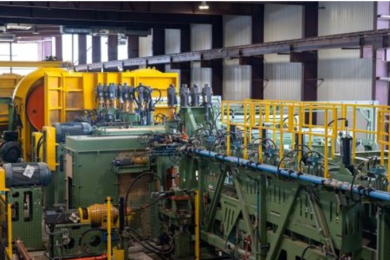The U.S. Industrial Pellet Association on May 11 welcomed an order from the European Court of Justice dismissing a case against wood biomass. The court ruled the applicants, a group of six individuals and NGOs, lacked standing to challenge the EU’s inclusion of wood biomass in the bloc’s Renewable Energy Directive.
“We welcome the court’s ruling, which removes unnecessary uncertainty over the future of renewable energy in Europe,” said Seth Ginther, USIPA executive director. “Although this was a procedural ruling this was the right overall result, as the arguments put forward in the case had no value. The European institutions carried out an open consultation to gather scientific and environmental advice and considered these during the legislative process. The result was a revised Renewable Energy Directive that set out rigorous standards for the inclusion of sustainable biomass in the European energy mix.”
Including the UN IPCC’s latest Special Report on Climate Change and Land, the body of academic research, studies and papers documenting the climate and forest benefits of wood biomass continues to grow.
Wood biomass, derived from the forest products industry, is the EU’s largest single source of renewable energy, and is a key technology for achieving the bloc’s climate goals set out in the Green Deal.It enables European power generators to repurpose existing coal-based infrastructure with a renewable alternative that reduces the carbon intensity of electricity generation by up to 85 percent on a life-cycle basis.
Last year the U.S. exported nearly 6 million metric tons of biomass to the EU, primarily from its Southeastern states. This region has been the center of America’s forest products industry since the early 20th century, and is one of the largest and most sustainably-managed wood baskets in the world.
According to the USDA, wood volume in this region has increased by 21 percent since 2000, and southeastern landowners are currently growing 43 percent more wood than they remove every year. Independent analysis shows this trend is also consistent within the local sourcing areas surrounding multiple biomass production plants.
As noted by forest economists, forest stocks have been increasing in the US Southeast because markets for wood products, like biomass, provide financial incentives for private landowners to keep investing in the continual cycle of thinning, harvesting and replanting trees.
Source – U.S. Industrial Pellet Association




